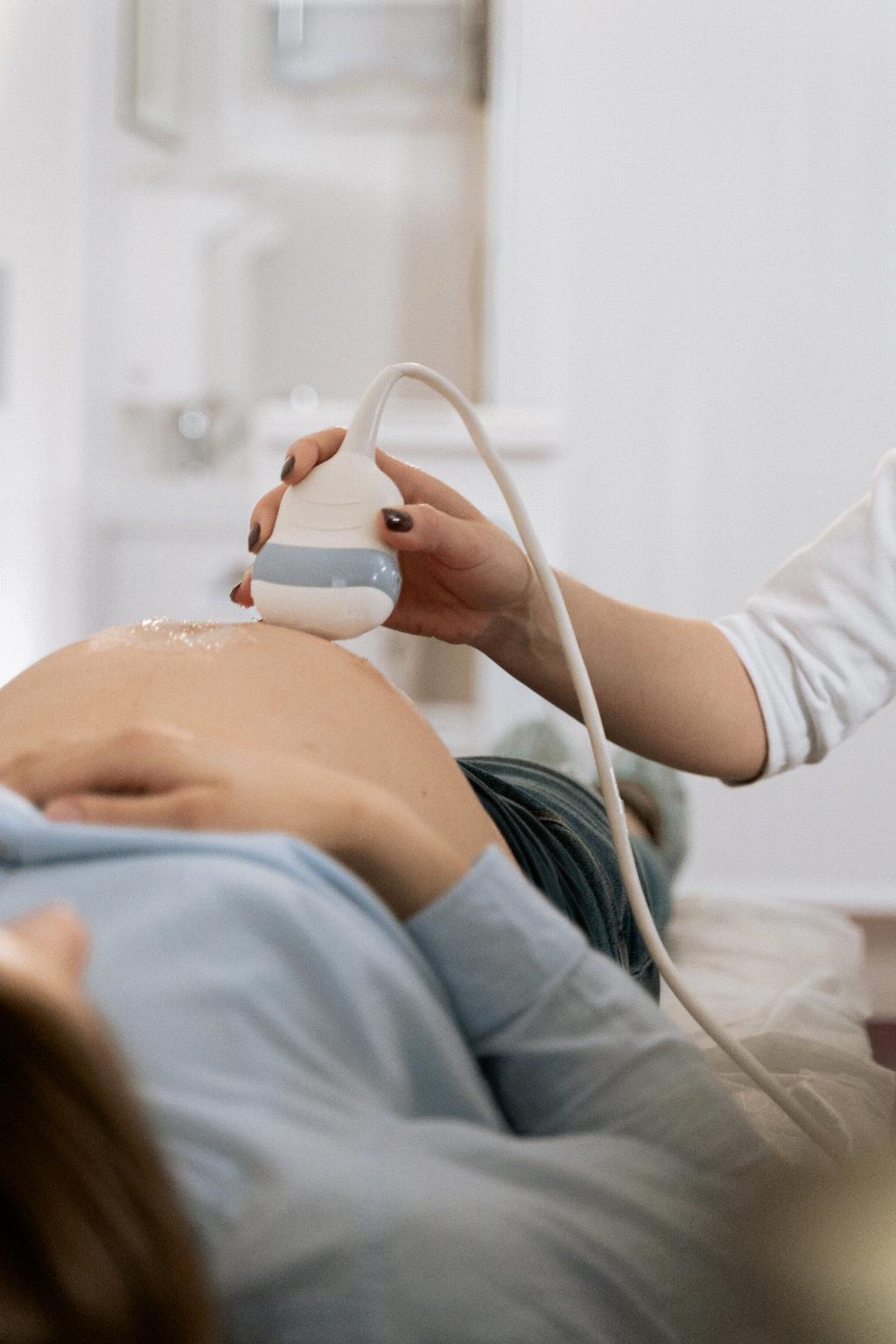When it comes to round ligament pain during pregnancy, one of the common questions that women have is: How long should this discomfort last? Understanding the duration of round ligament pain can help expectant mothers navigate this aspect of pregnancy better.
Varying Length of Pain
Round ligament pain can last anywhere from a few minutes to a few hours. The duration of this pain is unique to each individual and can differ based on various factors such as the intensity of the pain, the activities being undertaken, and the overall health of the pregnant woman.
Occurrence in the Second Trimester
Most often, round ligament pain is experienced during the second trimester of pregnancy. This period, typically spanning from weeks 13 to 26, is a time of rapid growth and change for both the mother and the developing baby, which can contribute to the occurrence of round ligament pain.
Factors Influencing Duration
Several factors can influence how long round ligament pain lasts. These factors may include the physical activity level of the pregnant woman, how well she is hydrating, her posture, and the position of the baby in the womb. In some cases, certain movements or sudden changes in positions can trigger or alleviate the pain.
Individual Tolerance Levels
Just like any other type of pain or discomfort, individual tolerance levels play a significant role in how long round ligament pain is felt. Some women may find the pain to be fleeting and manageable, while for others, it may be more persistent and uncomfortable. Listening to your body and understanding your limits is crucial.
Consultation with Healthcare Providers
If you are experiencing round ligament pain that is prolonged, severe, or concerning in any way, it is essential to consult with your healthcare provider. They can offer personalized guidance and support, ensuring that any potential underlying issues are addressed promptly.
Self-Care Strategies
Implementing self-care strategies can also help manage and potentially reduce the duration of round ligament pain. Practices such as gentle stretching, maintaining good posture, staying hydrated, and using support garments may offer relief and contribute to a shorter duration of discomfort.
Emotional Support
Dealing with any form of pain during pregnancy can be emotionally challenging. Seeking emotional support from loved ones, fellow mothers, or online communities can provide a sense of reassurance and understanding. Remember, you are not alone in experiencing these sensations.
Importance of Rest
Rest plays a crucial role in managing round ligament pain. Ensuring that you get adequate rest and listen to your body’s signals can help reduce the strain on your ligaments and potentially lessen the duration of discomfort. Finding moments to relax and unwind is key.
Monitoring Changes
It’s essential to monitor any changes in the duration or intensity of round ligament pain. If you notice a significant increase in discomfort, new symptoms emerging, or persistent pain that does not subside with rest, contact your healthcare provider promptly for further evaluation.
Staying Informed
Knowledge is empowering, especially during pregnancy. Staying informed about the typical duration of round ligament pain, understanding your body’s responses, and seeking timely medical advice when needed can contribute to a smoother pregnancy journey. Remember, your well-being is a priority.
Conclusion
While the duration of round ligament pain can vary from person to person, being mindful of your body’s signals, implementing self-care strategies, seeking support when needed, and staying informed can all play a role in managing and understanding this common aspect of pregnancy. Remember, you are strong, resilient, and capable of navigating this experience with grace and confidence.

